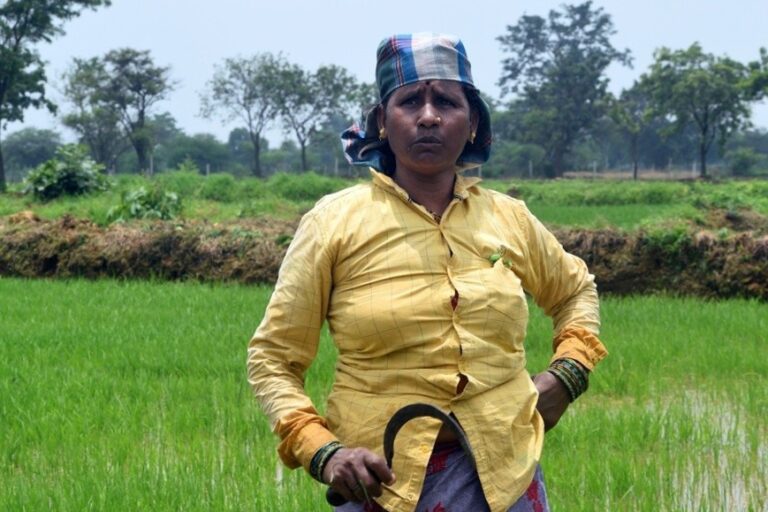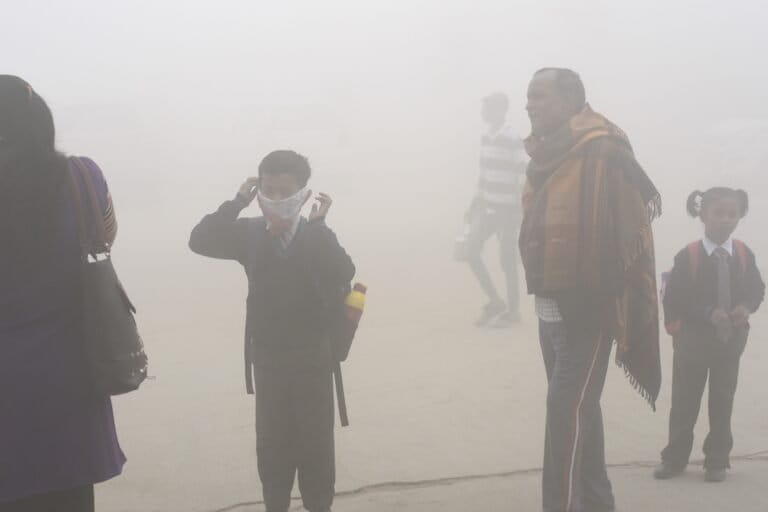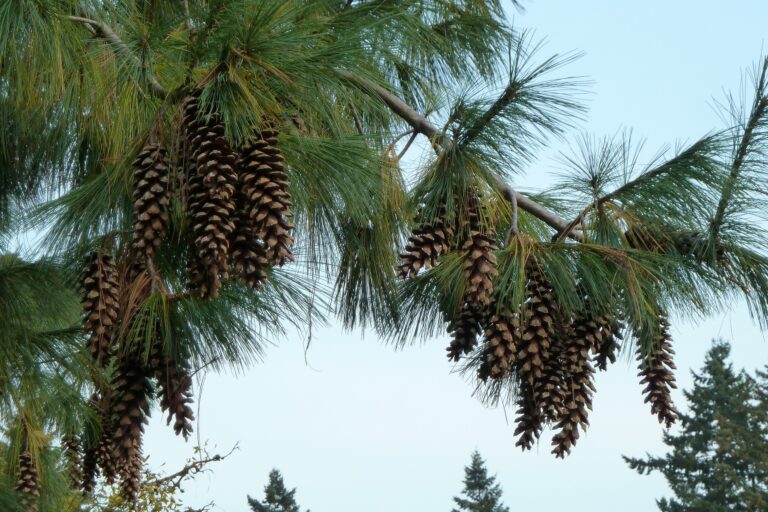- An annual fair of broken goods espouses the principles of circular economy by recycling and reusing trash.
- The centuries-old tradition is more organised in recent times with government intervention allowing a designated location and stalls for sellers that need to be purchased for a nominal fee.
- Sellers say the fair has undergone many changes with rare antique items being most popular, fetching maximum profit.
Every January, coinciding with the winter solstice and the harvest festival of Sankranti, the village of Mathurapur in South 24 Parganas, West Bengal, gears up for an unsual fair. Known locally as Bhanga Mela, which translates to “broken fair,” people from the village gather at a designated location to sell old items, some of which are even broken and discarded. This tradition, dating back centuries, embodies the principles of reusing and recycling.
While the exact origin of the fair is debated, one prominent myth links it to the medieval Hindu saint Chaitanya, a devout follower of Lord Krishna. According to legend, as Chaitanya passed through Mathurapur one day, he accidentally broke his musical instrument, the khol, inspiring the tradition of selling bhanga or broken items at the fair.

It is believed that the fair began with just a handful of sellers who offered wooden and cloth items along the alleys of Bengal. It took shape under the guidance of a local doctor named Zalal Halder, 60 years ago, who encouraged the sellers to unite and establish stalls in a centralised location. Over time, Bhanga Mela has garnered significant interest, with a diverse array of items on display, ranging from television sets, music systems, and old coins to antique cameras, photographs and books. The fair now occupies a sprawling ground spanning 4000 square feet, designated specifically for this purpose. Prices of the items on sale could vary from Rs. 30 to Rs. 3000 or more.
India ranks among the world’s top 10 countries in terms of solid waste generation. According to a report by The Energy and Resources Institute (TERI), India produces over 62 MT (million tonnes) of waste annually. Only 43 MT of this total waste is collected, with 12 MT undergoing treatment before disposal, while the remaining 31 MT is simply discarded in wasteyards. The inadequate infrastructure for waste collection, transport, treatment and disposal has become a significant concern for both the environment and public health in the country. The Indian Central Pollution Control Board (CPCB) has recently projected that annual waste generation in India will surge to 165 MT by 2030.

As the government promotes various policies aimed at fostering a circular economy through the principles of reduce, reuse and recycle, fairs like Bhanga Mela assume great significance by highlighting the potential for recycled goods.
Fair share of profit and loss
Ismail Molla (72), hailing from nearby Sangrampur, has been attending the fair since childhood, accompanying his father who set up stalls selling broken wooden chairs, old ceiling fans, glass bottles and iron parts collected mainly from houses in Kolkata. “Now I sell old phones, radios, mixers, grinders, old books and whatever else I can gather from towns,” he says. As a third-generation hawker at the Mela, Molla observes significant changes since his grandfather’s and father’s time. He notes that many new sellers lack the camaraderie that characterised previous generations of hawkers. “The fair has become commercialised now, and not many share the same emotional attachment to it,” he laments.

Mohammad Ali, who specialises in selling old CDs and phonograph records, appreciates the fair’s uniqueness as the only one that celebrates broken, discarded or second-hand items. “If there were more such fairs, we would participate in those too,” Ali remarks.
There is an underlying fear among the hawkers that business is gradually declining at the fair, a trend exacerbated by the Covid-19 pandemic. Mohammad Ali Sheik (62), seated behind his stall stocked with old books, toys and musical instruments like the harmonica and jaltarang (a percussion instrument), sounds despondent as he explains the need to lower prices due to increased competition from a growing number of stalls. He notes that antique sellers are faring better than others, as they are currently in demand in the market. Sheik recalls selling his music systems, previously priced between Rs. 700 and Rs. 1000, are now selling for Rs. 400. Similarly, his friend Molla sold an old mobile phone for Rs. 100 this year, compared to Rs. 300 for a similar item last year. “We are not attracting good buyers. While many people visit the fair, not all of them are serious buyers, which affects our profits. Moreover, affluent customers tend to prefer antiques,” Sheik reasons.
There was a time when the fair attracted foreigners; not anymore. The buyers these days are mostly local villagers and antique collectors, according to the sellers.
Amidst the fervour for antique wares, particularly among the affluent youth, certain hawkers are capitalising on the trend and reaping substantial profits at the Bhanga Mela. Bakar Ali Sheik (47) and Abid Hossain Ali (25) are both buoyed by the growing popularity of their merchandise and the lucrative returns they’re enjoying at the event. “Last year alone, I netted a profit of over Rs. 50,000. Just two days back, I made a sale of Rs. 12,000 to a buyer from Kolkata,” exclaims an enthusiastic Abid, who specialises in antique clocks, brass items and porcelain dolls, primarily sourced from various locales across Kolkata.

According to the vendors, there’s been a noticeable surge in interest among young collectors from urban areas. Souvik Mukherjee, an antique curator based in Kolkata, who has been attending the fair since 2005, makes it a point to visit annually to augment his collection. Over the years, he has stumbled upon some priceless treasures at the Mela and regards it as a haven for collectors.
A carnival of distressed and dated
As the number of stalls continues to grow with each passing year, the state government has intervened to streamline the process, ensuring every seller has an opportunity to participate in the fair. Consequently, sellers are now required to purchase stalls at Rs. 500 each, a decision jointly made by the South Bishnupur gram panchayat and the Mandir Bazar Panchayat Samiti. Capitalising on the fair’s popularity, various other businesses such as food, water and tea stalls also set up shop on the grounds, transforming the fair into a vibrant carnival-like atmosphere. With its burgeoning popularity and the large influx of visitors, this year saw the deployment of 500 civic security guards and an ample contingent of police personnel to oversee the event.

Atul Apurva (32), a first-time visitor and software engineer from Kolkata, expresses his astonishment at the unmatched variety of old and antique items available at affordable prices. “I purchased a set of old photo negatives from 1952 for just Rs. 50 and an antique pocket clock for Rs. 500. I will definitely return,” he asserts.
Ismail Molla, deeply connected to the fair on an emotional level, reminisces that the fair has evolved in numerous ways. “In the past, stalls were scarce, and we relied on each other to sell our items. If one vendor finished selling their wares, others would store their goods in their stall, and vice versa, without any exchange of money. I miss the camaraderie. Nevertheless, this fair will always remain like an extended family to me. I will continue to participate until my last breath even if it means incurring losses,” he says.
Banner image: Ismail Molla at his stall at Bhanga Mela. Molla has been attending the fair since childhood with his father, who was also a hawker, and has a deep emotional connection to the fair. Photo by Joymala Bagchi/Mongabay.













